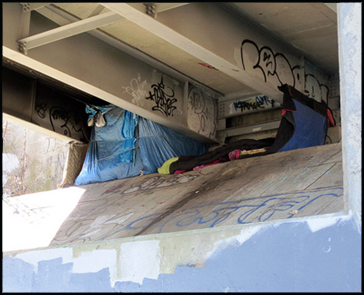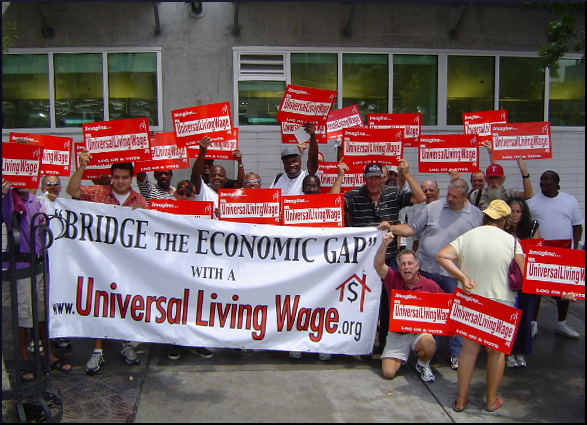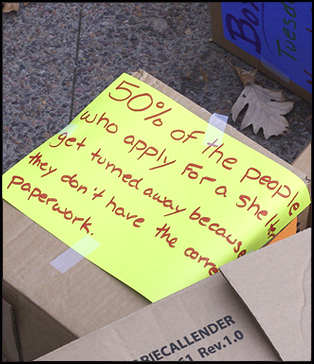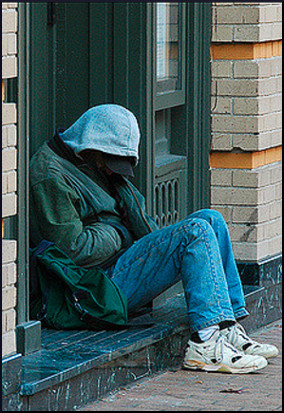
Austin, Texas, is seen as one of the finest cities in the country, one of America’s urban gems. For a long time, its reputation has been that of a liberal, progressive, enlightened city in the midst of a state that is not so much any of those things. Thanks to the “City of Austin Tax Increment Financing Reinvestment Zone No. 17,” aka the “Waller Creek Tunnel Project Final Project Plan,” which helpfully gathered the list, we see that Austin has bragging rights to a long and growing list of “bests” (link is PDF), including but not limited to:
1st place — “Best Large City for Relocating Families” in 2004
1st place — “Top 10 Cities for Hispanics to Live in” in 2005
2nd place — Top Creative Class Cities in 2002
2nd place — “Ten Greenest Cities” list in 2005
3rd place — “Best Places” for business and careers in 2005
6th place — Nation’s top tech hubs in 2005
11th place — “The 25 Best Running Cities in America”in 2005
One of the top 10 cities to be a dog in 2005.
Relevant to the last item, in 2011 it was announced:
Austin achieves 90 percent live animal outcome; reaches no-kill status… by achieving a 90 percent live-animal outcome for all animals that enter the Town Lake Animal Center.
Now, that’s admirable, and no animal should ever suffer, but here’s the thing. Hopefully, it won’t get to where the kill rate for stray creatures is more favorable than the kill rate for homeless people. Austin may be a great place for a dog, but it’s not so wonderful for a lot of folks. This could change. Hopefully, now more than ever, Austin is capable of looking through reasonable eyes at people experiencing homelessness and seeing more than just a nuisance to be gotten rid of.
Sure, some down-and-outers are never gonna make it. But — and this is a very important but — like any other metropolis, Austin has not just a social and fiscal liability on its hands, but, at least partially, a talent pool of potentially useful and contributing citizens.
Last week, we talked a little about the article recently published by Richard R. Troxell of House the Homeless. Titled “How to end homelessness in Austin: A plan,” it is part of CultureMap’s Imagine Austin’s Future series. Richard believes that the Universal Living Wage will end homelessness for about half of Austin’s homeless population. Nationwide, the number is projected as 1,000,000. That would add up to a lot less stress for government agencies and helping organizations.
House the Homeless has devoted a lot of time and energy to assessing the health status of Austin’s homeless population, and arrived at some troubling conclusions. One is that a lot of homeless people are just plain incapable of holding down a job, because of disabilities and other health issues. Of the homeless who are capable of working, most would love to be employed.
And, big surprise, a lot of people experiencing homelessness are employed now, possibly even at more than one job. And still can’t make ends meet. They are what Richard calls the economic homeless. He writes:
… [A]s it stands now, a person can work a full time job and still not be able to afford basic rental housing either in Austin or any city in the U.S…. [F]or those who can work, we need to fix the Federal Minimum Wage (FMW, currently $7.25 per hour)… By simply indexing the FMW to the local cost of housing using HUD Fair Market Rents, we ensure that anyone working 40 hours in a week will be able to afford basic rental housing.
For people who can’t work, the solution, he believes, is to increase Supplemental Security Income, which presently only adds up to half of what a minimum-wage earner makes. If even some jobholders are unable to find housing, imagine how much more difficult it is for people who only make half that much.
Yes, it might cost the taxpayers more. On the other hand, it might not, if the taxpayers would ever take more of an interest in how much money is wasted by government (or disappears into places it’s not supposed to be). Maybe there are places where the money could be found without having a tax impact. Surely, somebody can figure out this stuff. Molly Ivins, where are you now, when we need you so much?
Just to put things into perspective, here is Richard’s capsule description of another lengthy, uphill local effort:
About 12 years ago, advocates organized to create and pass housing bonds. After about ten years, the bonds were passed and money for 350 units of housing was set aside for people experiencing homelessness. Only about a third of this housing has been created. Do the math. How many decades to house 4,000 people at that rate?
He closes with:
In overview, we can see that with clear vision, new perspective and collectively involving the city, the citizens of Austin, federal and state governments and the business community in a fair, equitable, balanced and profitable fashion, we can end homelessness as it exists today.
Austin has a splendid opportunity to set an example of how to do the most beneficial thing for the biggest number of people. Austin is a test case whose success could revolutionize the homeless scene and influence policy, for the better, in other cities. It’s the chance of a lifetime to make a whole lot more “best” lists.
Reactions?
Source: “Tax Increment Financing Reinvestment Zone No. 17 (Waller Creek Tunnel Project)” (PDF), ci.austin.tx.us March 2008
Source: “City and County Notes—March 2011,” ImpactNews.com, 03/25/11
Source: “How to end homelessness in Austin: A plan,” CultureMap.com, 02/08/12
Image by William Beutler, used under its Creative Commons license.








